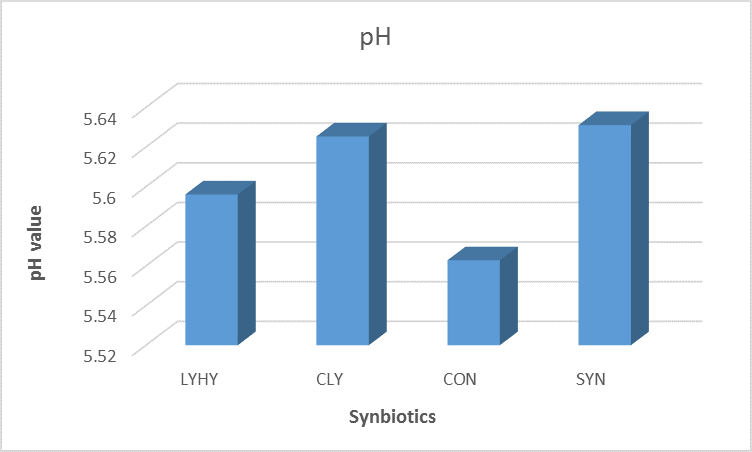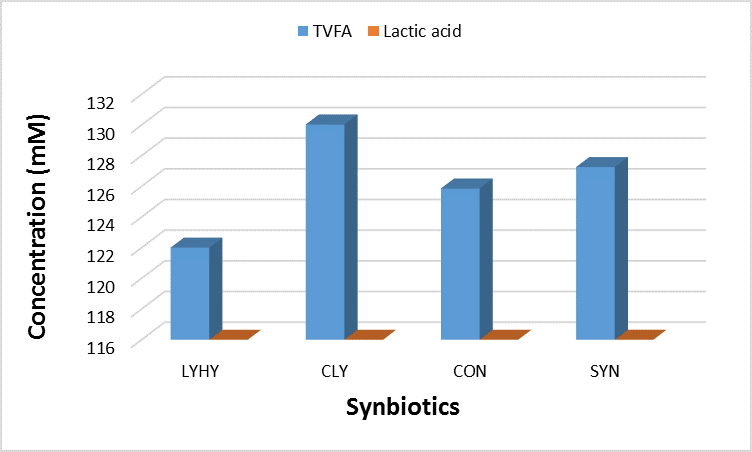Can Synbiotics Be Used As Production Enhancers?
High-grain finishing diets can induce ruminal acidosis and other nutritional stresses which can lead to other health disorders in feedlot cattle. Ruminal acidosis is an important nutritional problem in feedlot cattle and is associated with a decrease in ruminal pH and an increase in lactic acid and volatile fatty acid concentrations. Negative impacts of ruminal acidosis are erratic feed intake, decreased performance, and liver abscesses. To minimize the negative impacts of ruminal acidosis, cattle feeders use different feed additives like ionophores, buffers, probiotics, and essential oils in their diets. Probiotics (naturally occurring bacterial supplements) have been used in the feedlot to reduce the risk of ruminal acidosis and studies have shown that combining probiotics with prebiotics (food ingredients which selectively stimulate the growth or activities of beneficial bacteria) had synergistic effects in dairy and beef calves. Feeding synbiotics (a combination of pre- and probiotics) can help stabilize rumen pH to decrease acidosis, and thus improve production and animal health.
At the CREC, we recently completed a metabolism study to evaluate the effects of synbiotics on ruminal fermentation in cannulated steers fed high grain diets. Three synbiotics (hydrolyzed yeast + live yeast (LYHY)), Celmanax (prebiotics) + live yeast (CLY), Synerall (a commercial pre- and probiotics product, SYN) and a control treatment (CON, no synbiotics) were used for the rumen fermentation study.
Addition of synbiotics had no effect (P > 0.05) on ruminal pH although values for the synbiotics treatments were numerically higher compared with the control treatment. For beef cattle in the feedlot, higher pH is desirable to minimize incidences of acidosis. Typically, ruminal pH of 5.6 is regarded as the reference point for chronic acidosis. Although cattle may look healthy at this pH level, dry matter intake and performance are negatively affected. Ruminal pH value for the control treatment (5.56) was below the reference point compared with higher pH values (5.62) for the synbiotics treatments (Figure 1).

Figure 1: Effects of synbiotics on average pH values of ruminal fluid sampled on day 15 to 21.
Inclusion of synbiotics resulted in greater (P = 0.019) acetate-to-propionate ratio compared with the control (1.41 vs. 1.23), indicating a more stable fermentation in the rumen. Based on the results, the LYHY treatment was selected because it had the lowest numerical acid load (total VFA + lactic acid; Figure 2) compared with the other treatments and is currently being used in a feedlot finishing study to determine its effects on dry matter intake, daily gain and feed efficiency.

Figure 2: Effects of synbiotics on lactic acid and total volatile fatty acid (TVFA) concentrations.
We plan to do two more studies on the use of synbiotics in the feedlot and will be sharing the results at a later date.
Uche Anele, Ph. D.
uchenna.anele@ndsu.edu
Animal Scientist


